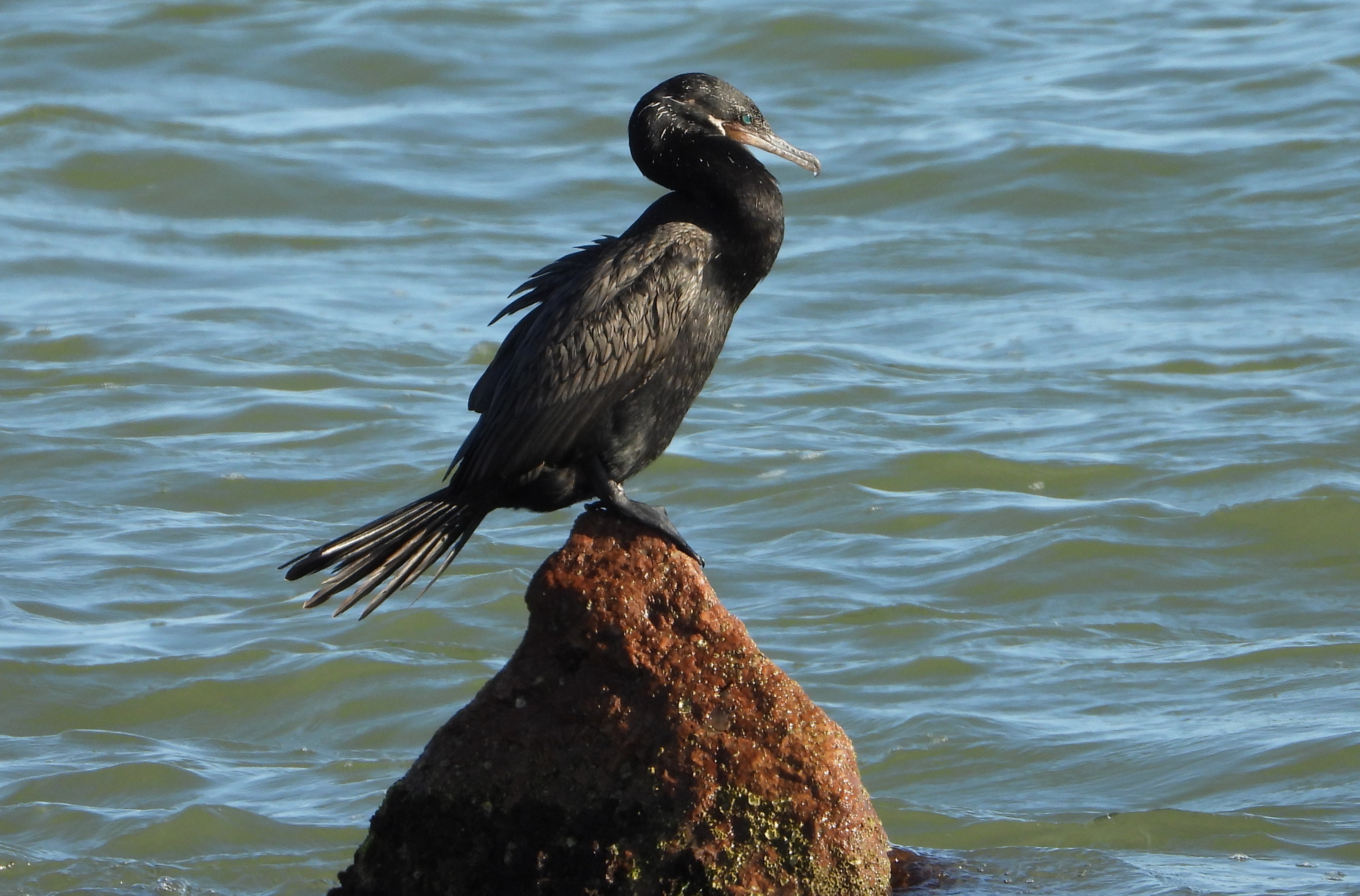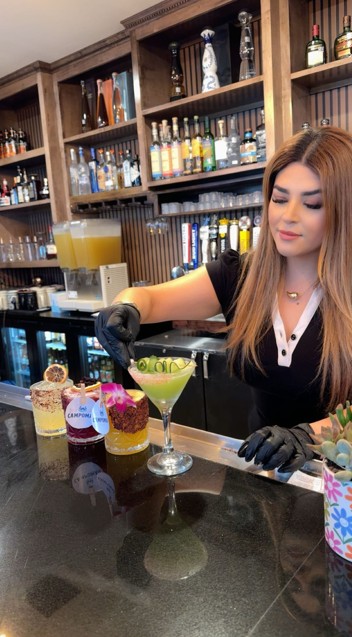Nature Notes: The Cormorant Conundrum: Love ’em or hate ’em
Published 10:15 am Sunday, July 20, 2025
Humans and birds have a rich and complex history together. Some birds, like the carrier pigeon or the bald eagle, have stronger ties to us than most. The cormorant, believe it or not, is one of these birds.
The cormorant is a relatively large bird with dark feathers, a long neck, and a wedge-shaped tail. Here in Texas, we can regularly see two cormorant species: the Double-crested Cormorant and the Neotropic Cormorant. You can usually spot them at the beach perched on poles or flying over the water looking for fish to eat. They’re interesting to look at, with a bright blue eyes and dangerously hooked beaks, but their shared history with humans is even more fascinating.
In some parts of the world, particularly China and Japan, cormorants have historically been used for fishing. The relationship of the cormorants to the fishermen looks a lot like the one of a hunting dog to its owner. The fisherman leads the cormorants on leashes as they swim alongside the fishing boat. The cormorants are excellent hunters and swimmers, so they are able to dive and swallow the fish whole.
Trending
The fisherman, however, has tied a snare around the bird’s neck so the meal can’t reach its belly. The fisherman is then able to take the fish from inside the cormorant’s mouth and add it to his catch. As fishing techniques have progressed, this method has largely been abandoned in favor of ones that don’t involve angry birds with sharp bills.
In other parts of the world, Cormorants were valued for a different reason: their guano. The Guanay Cormorant nests in large colonies along the Western coast of South America from Peru to Northern Chile. The birds make their nests out of their own guano (accumulated excrement). Seabird and bat guano is a highly effective fertilizer, as it has a high nitrogen content for farming. For the peoples of the Andes, the cormorants and their droppings were highly valued and something to be protected.
Nowadays, cormorants and humans have a more wrought relationship. Instead of being valued for their fishing skills or guano, the birds are often seen as pests. Cormorant culling is the practice of killing cormorants for the purposes of wildlife management. Historically, this has been done to protect fishing grounds, as commercial and recreational fishermen have perceived the birds as competition. Cormorant culls have occurred all over the world, including Australia, Japan, and the U.S., with varying success.
From my research, it seems that cormorant culling can yield effective results, especially for more controlled fisheries and aquaculture farming situations. But things become more complicated when the fish populations are wild and the habitats are natural. Ecosystems are complex and intricate things; eliminating an entire bird species might yield surprising results.
Eradicating cormorants can actually be detrimental to wild fish populations in some cases. Cormorants keep the populations of smaller fish or “pest” fish in check, allowing the larger fish to grow larger (which is generally what fishermen want to see). Without cormorants, the smaller pest fish populations grow, eventually out-competing the larger fish.
Case studies also show that while cormorant culling might be successful in one town or area, it tends to force the birds into other towns or areas, just moving the issue to another area. While some fishermen perceive the birds as competition, others take a more cooperative approach. Some fishermen watch to see where cormorants are hunting, so they know where the fish are convening.
Trending
Cormorant culling has been done for hundreds of years. While it might have started off as a brutal (and sometimes ill conceived) attempt to boost the fishing trade, it is now a researched form of wildlife management, often conducted or ordered by local governments. It’s a touchy topic for us wildlife lovers and bird conservationists, but it’s important for us to try to understand its logic.
After all, we have a long and complicated history with these birds, and humans will likely continue to love and loath them well into the future.







